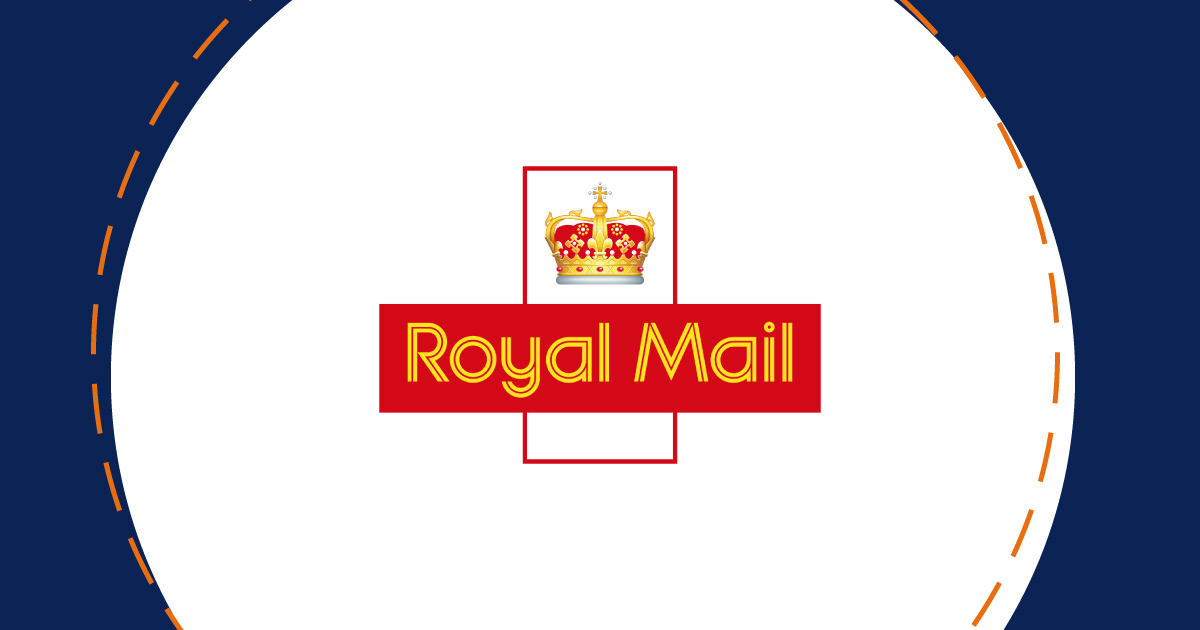There are many different communication methods a company can explore to attract and retain customers into their sales funnel. In contrast to the business landscape in the 20th century, where a call or face-to-face meeting sufficed, modern businesses are expected to utilise a range of methods to engage customers.
From email and text messages, to social media, TV adverts and printed communications, there’s no single method that outperforms the rest. They have their own range of unique benefits and the success of each one can differ depending on a range of factors. Such as the message, the target audience, the timing of delivery and the frequency.
The key lies in choosing the right method, at the right time, for the right person - a process that can vary significantly.
Fortunately, this challenge can be successfully tackled by utilising a multichannel communication strategy.
Effective multichannel communication isn’t just about being present in multiple places. It’s also not about using all available methods at once.
At its core, multichannel communication simply involves finding the right blend of channels that align with your business, your ambitions, and your customers. It mixes multiple channels, such as print, web, SMS and email, and pieces them together cohesively, so that each element supports one another.
By carefully curating a blend of channels, businesses are able to engage with their customers through a diverse array of platforms, to build positive relationships and make significant strides in achieving their goals.
Partnering with a company that specialises in a multichannel approach not only allows businesses to centralise their communication efforts, but also offers a host of advantages that extend beyond mere convenience. By consolidating their communication needs under one supplier, companies can streamline their processes, simplifying interactions and reduce the complexities associated with dealing with multiple service providers. This leads to significant cost savings as it eliminates the expenses associated with managing various communication channels independently and working with different providers.
Additionally, the time saved from managing all communications in one place can be reinvested into other critical aspects of business operations, further enhancing efficiency and productivity.
A professional provider, with accredited experience, will help a company to establish the optimal blend of channels which engage customers in a clear, concise, and effective way, to drive the desired results. Leveraging a supplier's knowledge increases the likelihood of quickly identifying the ideal channel blend, reducing the risk of using an ineffective combination.
The wrong combination could prove costly and potentially damage a company’s brand through negative responses.
A Two Sides study found that 76% of UK consumers want the right to choose how they receive their communications.
A multichannel approach offers just this; enhancing the customer experience by granting individuals the flexibility to select their preferred means of communication. It facilitates connectivity across a range of channels, guaranteeing that each customer receives personalised communications aligned with their preferences. This not only gives people the choice they desire but also plays a pivotal role in ensuring no vulnerable or at-risk groups are left at a disadvantage, having to communicate via a method that perhaps isn’t accessible to them.
Furthermore, it presents an opportunity to expand your reach, providing the chance for you to connect with individuals who you might not have traditionally been able to engage with.
Utilising a multichannel strategy ensures that customers encounter a consistent message across a variety of platforms. A message that is repeatedly seen, by a wide range of people, is more likely to be deemed trustworthy and, in turn, generate loyalty.
This approach not only provides multiple touchpoints for customer interaction but also empowers you to engage them with valuable and relevant content.
Sustaining frequent and meaningful interactions with your audience not only enhances accessibility but also raises customer retention rates. When you are consistently available and engage with your customers, they not only find it easier to reach out to you, but they also establish a deeper connection with your brand. This fosters long-term loyalty, ultimately leading to a stronger and more enduring customer relationship.
The rule of 7 is based on the marketing principle that customers need to see a brand at least 7 times before they commit to a purchase decision.
With multichannel, your messaging gains exposure, ensuring it’s seen repeatedly through various touch points - and more interactions mean a quicker conversion.
It also has the additional benefit that more touchpoints provide heightened brand awareness. The more a brand is seen, the more it ingrains itself in people’s minds and becomes memorable.
Every communication channel has its own unique benefits; from email being instant, to post having a 95% open rate and texts opening a direct line of communication.
A multichannel approach enables businesses to leverage the individual strengths of each, seamlessly incorporating them into a unified strategy.
In today's age, businesses must adapt and evolve to meet the diverse communication preferences of their customers. Embracing a multichannel communication strategy is essential for enhancing customer satisfaction, engagement and retention. But how can you kickstart your journey into the world of multichannel communication?
Partnering with experienced and accredited companies, like CFH, ensures that you get the support you need while making the transition. With dedicated teams, years of expertise and a range of solutions, you can be supported every step of the way, to ensure that the ideal multichannel mix for your company and your customers is achieved.
Get in touch and find out about how CFH can help you.


Surrey County Council Sought to Optimize Print/Post Services Across Departments. We Helped Transform Their Services With Our Industry Expertise.
















